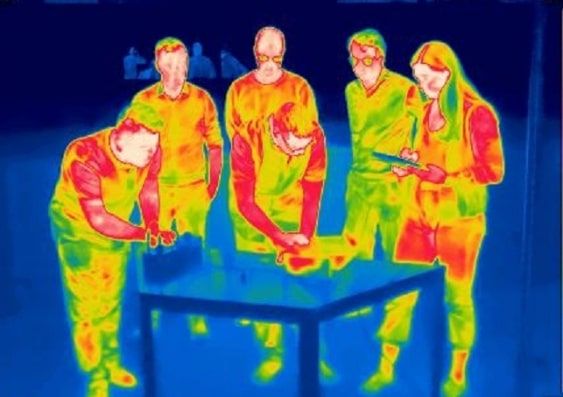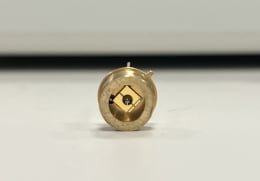UNSW scientists have announced a breakthrough in the field of renewable energy. They have developed a new kind of solar cells that can produce electricity even at night.’
Known as ‘Night-time’ solar power, the technology generates electricity from heat radiated as infrared light, in the same way as the Earth cools by radiating into space at night. However, it generates a very small amount of energy, but scientists hope to improve the results in the future.
A semiconductor device called a thermoradiative diode, composed of materials found in night-vision goggles was used to generate power from infrared light emission. This is an unambiguous demonstration of electrical power from a thermoradiative diode.
Like the solar cell generates electricity by absorbing sunlight, the thermoradiative diode generates electricity by emitting infrared light into a colder environment. In both cases, the temperature difference is what lets us generate electricity.
This ‘Night-time’ solar power technology is an exciting confirmation of a previously theoretical process. It is the first step toward making specialized and much more efficient devices that could one-day capture energy at a much larger scale.

Dr. Michael Nielsen, co-author of the paper, said: “Even if the commercialization of these technologies is still away down the road, being at the very beginning of an evolving idea is such an exciting place to be as a researcher.”
“By leveraging our knowledge of how to design and optimize solar cells and borrowing materials from the existing mid-infrared photodetector community, we hope for rapid progress towards delivering the dream of solar power at night.”
A/Prof. Ekins-Daukes said, “Down the line, this technology could potentially harvest that energy and remove the need for batteries in certain devices – or help to recharge them. That isn’t something where conventional solar power would necessarily be a viable option.”
Scientists hope that industry leaders will recognize the potential for the new technology and support its further development.

A/Prof. Ekins-Daukes said, “Right now, the demonstration we have with the thermoradiative diode is relatively, very low power. One of the challenges was detecting it. But the theory says it is possible for this technology to ultimately produce about 1/10th of the power of a solar cell.”
“I think for this to be a breakthrough technology, we shouldn’t underestimate the need for industries to step in and drive it. There’s still about a decade of university research work to be done here. And then it needs industry to pick it up.”
“If the industry can see this is a valuable technology for them, then progress can be extremely fast.”
Journal Reference:
- Michael P. Nielsen et al. Thermoradiative Power Conversion from HgCdTe Photodiodes and Their Current-Voltage Characteristics. DOI: 10.1021/acsphotonics.2c00223
